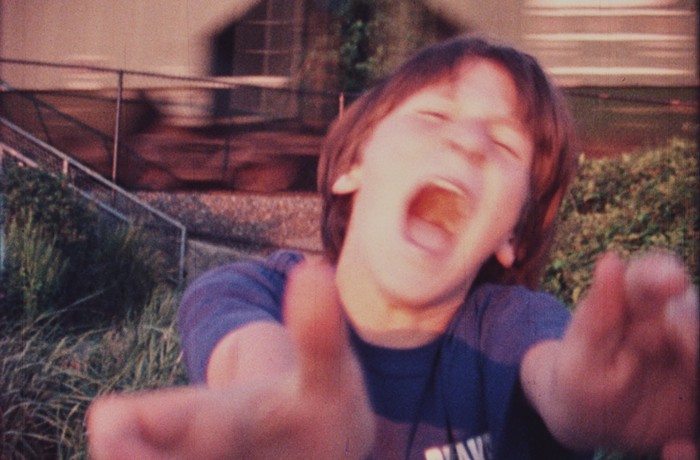219 NW 12th (PICA's old gallery), through April 30
James Lavadour and Storm Tharp are both represented by PDX gallery this month, but because of limited wall space, their large-scale works are on display together at PICA's former gallery space in the Wieden + Kennedy building. The two artists seem an odd pairing. Lavadour's expressionist landscapes are virtually a singular obsession, leaving his hungry audiences to anticipate relatively nuanced changes. On the other hand, Tharp's only constant is diversity itself, as he veers from medium to medium utilizing a sundry collection of materials and images. But different as they may be, these two artists make up a great show.
Like hiking through a fantastic wilderness--where each turn reveals some sublime panorama--Lavadour's exhibit Walk is a dizzying array of complementary works. The strongest pieces rely on abstraction, allowing drips of paint and seemingly arrant lines to befuddle the depiction of alpine ranges and green valleys. It is even tempting to view these latest works as a loving deconstruction of landscape. Many of the works feature frame-like structures that seem to foreshadow the houses and gift shops that will one day inhabit these pristine environments, while in Hunter, yellow-orange flames lick the slope of a hill and suggest the inherent relationship of destruction and rebirth found in the wild.
Much of Tharp's work deconstructs a different terrain: the landscape of the human body. One untitled work in his exhibit The Black Show features the faces of Elvis Costello and Jack Nicholson with colorful lines transforming each star's hair into spiraling patterns. Circles are placed over Elvis's shaded eyes that reappear in more abstract works, tracing an illusive theme of portraiture. Body hair is a recurrent theme as well, highlighted by mustaches, flowery beards and Tharp's only sculpture in the show, Mabeline (giant, disembodied pink eyelashes that curl from the wall). Utilizing video, found images, ink, gouache, and oils, Tharp works in the style that suits his inspiration, creating an interesting juxtaposition with Lavadour's comparative uniformity, and giving just about everyone something they can appreciate.












